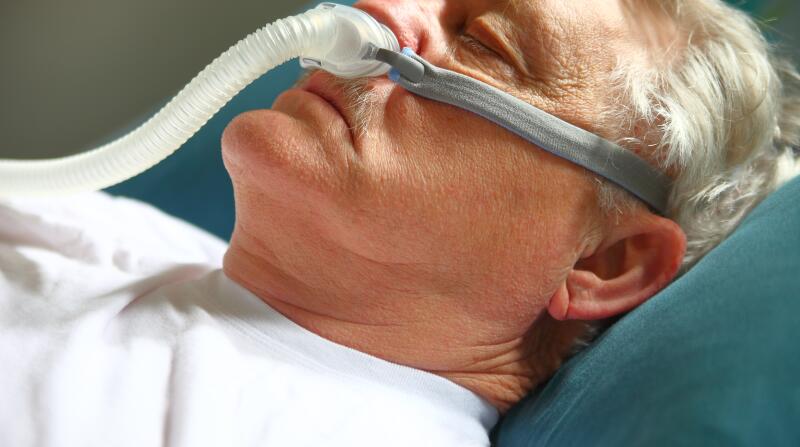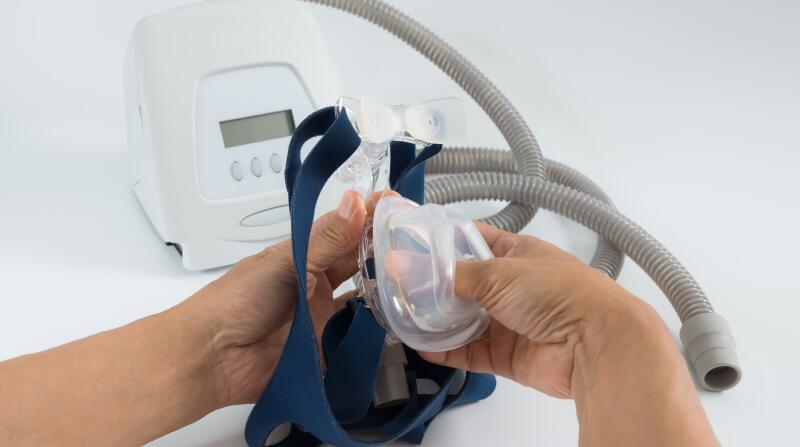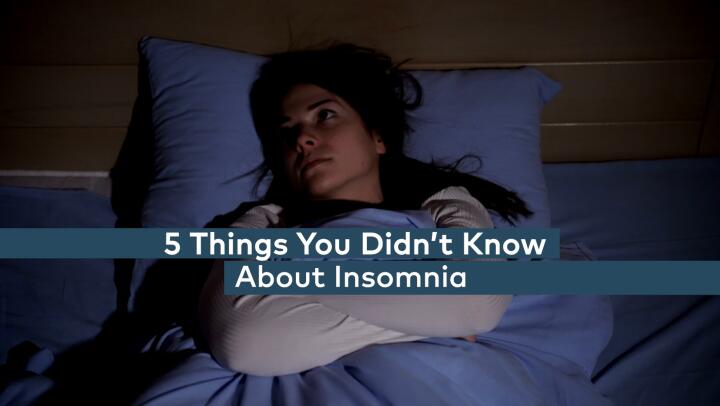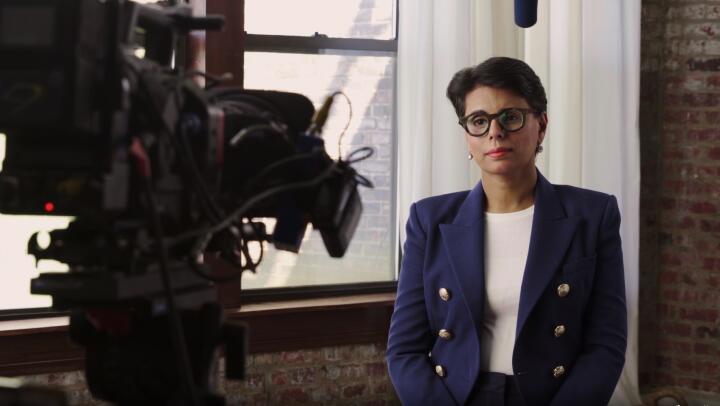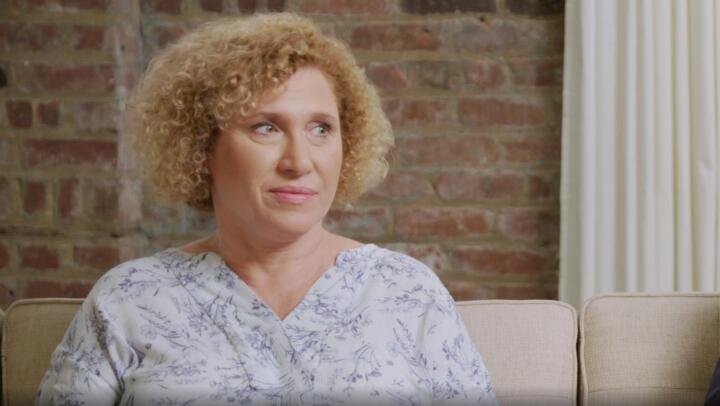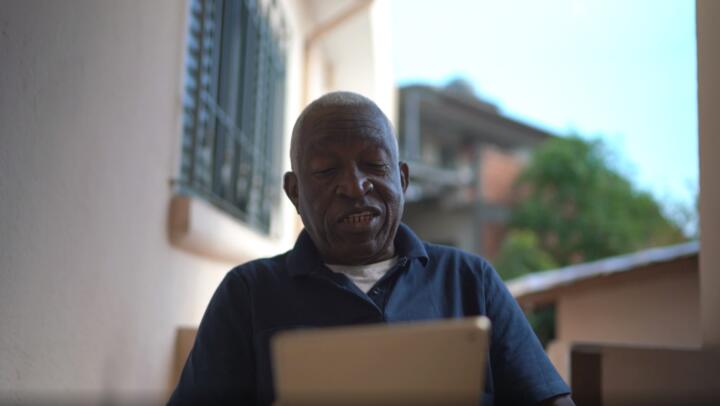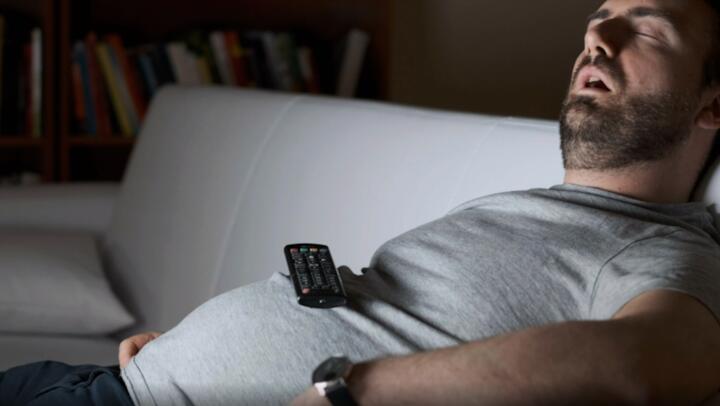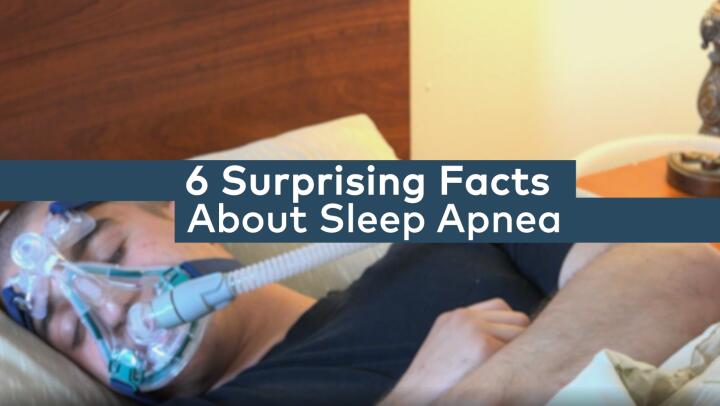7 Sleep Apnea Mask Mistakes to Avoid

Medically Reviewed By William C. Lloyd III, MD, FACS
Written By Erin Azuse, RN on March 30, 2021
-
 Finding the right CPAP mask is key when it comes to treating sleep apnea.If you’re one of the millions of Americans affected by sleep apnea, a condition in which your breathing stops for multiple short periods during sleep, your doctor may have recommended you use a continuous positive airway pressure (CPAP) machine. Using a mask over your nose, or over your nose and mouth, a CPAP machine delivers pressurized air to help keep your airway open and stop pauses in your breathing. But you need to find the right sleep apnea mask and use it correctly for treatment to be effective. Watch out for these common mistakes to get the most out of your CPAP.
Finding the right CPAP mask is key when it comes to treating sleep apnea.If you’re one of the millions of Americans affected by sleep apnea, a condition in which your breathing stops for multiple short periods during sleep, your doctor may have recommended you use a continuous positive airway pressure (CPAP) machine. Using a mask over your nose, or over your nose and mouth, a CPAP machine delivers pressurized air to help keep your airway open and stop pauses in your breathing. But you need to find the right sleep apnea mask and use it correctly for treatment to be effective. Watch out for these common mistakes to get the most out of your CPAP. -
 Mistake 1: Choosing the wrong size sleep apnea mask.A sleep apnea mask must form a good seal in order to properly work, but if the mask is too big or too small, it can be hard to achieve the necessary seal. The wrong size mask can also be uncomfortable. When selecting a mask, it’s a good idea to try on several to find what fits best. Keep in mind, mask sizing can vary based on manufacturer. Being a certain size in an old mask doesn’t mean you’ll be the same size in a mask produced by a different company.
Mistake 1: Choosing the wrong size sleep apnea mask.A sleep apnea mask must form a good seal in order to properly work, but if the mask is too big or too small, it can be hard to achieve the necessary seal. The wrong size mask can also be uncomfortable. When selecting a mask, it’s a good idea to try on several to find what fits best. Keep in mind, mask sizing can vary based on manufacturer. Being a certain size in an old mask doesn’t mean you’ll be the same size in a mask produced by a different company. -
-
 Mistake 2: Choosing the wrong style mask.There are several styles of masks used for treating sleep apnea, including nasal masks that cover your nose, full-face masks that cover your nose and mouth, and nasal pillows with inserts that slide into your nostrils. Think about how you sleep when it comes to choosing a mask. Are you a mouth breather? You might do best with a full-face mask. Do you move a lot during your sleep? A nasal mask may stay in place better for you.
Mistake 2: Choosing the wrong style mask.There are several styles of masks used for treating sleep apnea, including nasal masks that cover your nose, full-face masks that cover your nose and mouth, and nasal pillows with inserts that slide into your nostrils. Think about how you sleep when it comes to choosing a mask. Are you a mouth breather? You might do best with a full-face mask. Do you move a lot during your sleep? A nasal mask may stay in place better for you. -
 Mistake 3: Not taking the time to adjust the mask properly.In addition to selecting the proper size and style of mask, make sure to adjust the straps so it’s correctly positioned on your face. The mask should be snug, but not overly tight. It shouldn’t be too high or too low. Check to make sure there are no leaks in the mask when you are reclined or when you move from side to side. It may take a bit of time to figure out the proper positioning of your mask and headgear the first time you use it, but it’s a necessary step.
Mistake 3: Not taking the time to adjust the mask properly.In addition to selecting the proper size and style of mask, make sure to adjust the straps so it’s correctly positioned on your face. The mask should be snug, but not overly tight. It shouldn’t be too high or too low. Check to make sure there are no leaks in the mask when you are reclined or when you move from side to side. It may take a bit of time to figure out the proper positioning of your mask and headgear the first time you use it, but it’s a necessary step. -
 Mistake 4: Not allowing yourself time to get used to your CPAP mask.Sleeping with a sleep apnea mask is something you may need to grow accustomed to, so don’t give up on it too quickly. Start by using the mask while you’re awake and preoccupied with another activity like watching TV or working on the computer. This will help you get used to the feeling of having it on your face. Use it consistently at night and during naps, too. It should begin to feel more natural after repeated use and exposure.
Mistake 4: Not allowing yourself time to get used to your CPAP mask.Sleeping with a sleep apnea mask is something you may need to grow accustomed to, so don’t give up on it too quickly. Start by using the mask while you’re awake and preoccupied with another activity like watching TV or working on the computer. This will help you get used to the feeling of having it on your face. Use it consistently at night and during naps, too. It should begin to feel more natural after repeated use and exposure. -
 Mistake 5: Not cleaning your mask regularly.Your sleep apnea mask and its parts must be kept clean. Failure to do so not only allows germs to build up but can cause your mask to wear down prematurely. Wash your face each night, removing any makeup or oils before using the mask. The mask and the soft outer cushion should be cleaned each morning with a mild soap and allowed to air dry. The headgear and tubing should be washed once a week.
Mistake 5: Not cleaning your mask regularly.Your sleep apnea mask and its parts must be kept clean. Failure to do so not only allows germs to build up but can cause your mask to wear down prematurely. Wash your face each night, removing any makeup or oils before using the mask. The mask and the soft outer cushion should be cleaned each morning with a mild soap and allowed to air dry. The headgear and tubing should be washed once a week. -
-
 Mistake 6: Using the same mask for too long.Even with proper care, your CPAP mask will need to be replaced over time. To ensure the effectiveness of your CPAP and avoid discomfort, it’s best to swap out your parts on a regular schedule. Since the outer cushion is in constant contact with your skin, it will need to be replaced more frequently, while the mask itself and the straps may last a bit longer. Check with your insurance regarding coverage for replacement masks and parts.
Mistake 6: Using the same mask for too long.Even with proper care, your CPAP mask will need to be replaced over time. To ensure the effectiveness of your CPAP and avoid discomfort, it’s best to swap out your parts on a regular schedule. Since the outer cushion is in constant contact with your skin, it will need to be replaced more frequently, while the mask itself and the straps may last a bit longer. Check with your insurance regarding coverage for replacement masks and parts. -
 Mistake 7: Not letting your doctor know if you are having problems with your CPAP mask.An adjustment period is normal, but that doesn’t mean you have to struggle with your mask for months. Talk to your doctor if you are having trouble sleeping, feeling uncomfortable with your CPAP mask, or not noticing an improvement in your sleep apnea. Your doctor may have tips for using your sleep apnea mask or may make changes in your CPAP treatment. Whether it’s adjusting the amount of pressure delivered or trying a new style of mask, your doctor can help you find a more tolerable method of treating your sleep apnea.
Mistake 7: Not letting your doctor know if you are having problems with your CPAP mask.An adjustment period is normal, but that doesn’t mean you have to struggle with your mask for months. Talk to your doctor if you are having trouble sleeping, feeling uncomfortable with your CPAP mask, or not noticing an improvement in your sleep apnea. Your doctor may have tips for using your sleep apnea mask or may make changes in your CPAP treatment. Whether it’s adjusting the amount of pressure delivered or trying a new style of mask, your doctor can help you find a more tolerable method of treating your sleep apnea.
Sleep Apnea Mask Mistakes | Tips for Using a Sleep Apnea Mask
